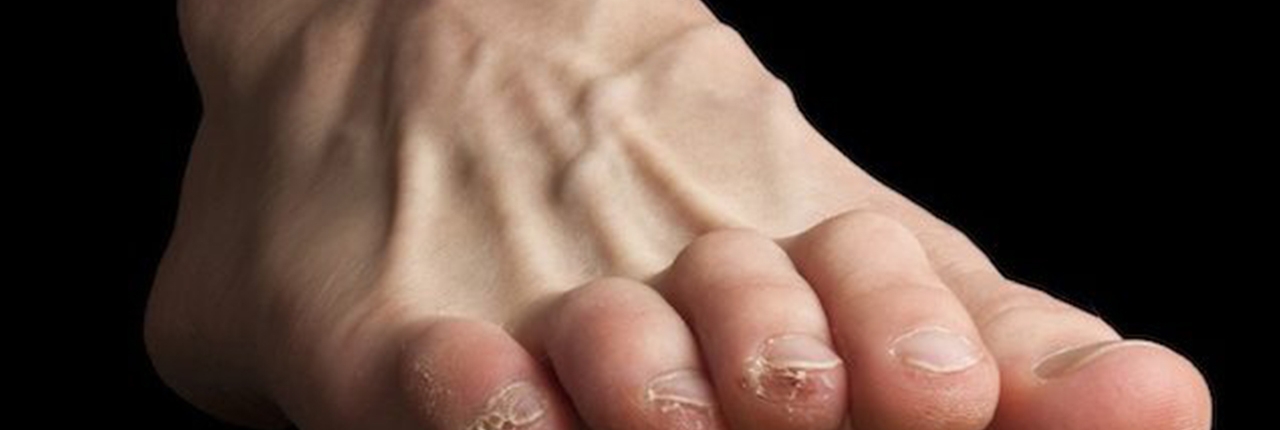Hammer Toes/Clawed Toes
Bumpy lumpy toes are not just unsightly but also very uncomfortable. Let us help you find out the cause and start treating it.
Hammer toes or Clawed toes.
Hammer toe is a deformity of the toe, in which the end of the toe is bent downward. Clawed toe is when the middle of the toe is bent.
Causes
Hammer or clawed toes usually affect the second toe, although it may also affect the other toes. The toe goes into a claw-like position. The condition may occur as a result of pressure from shoes, walking incorrectly, standing prolonged hours, underlying conditions such as arthritis or genetic pre-disposition.
Symptoms
- Callus forms on the sole of the foot
- Claw-like deformity of a toe
- Corn forms on the top of a toe
- Foot pain — pain in the joint where the great toe joins the foot
Exams and Tests
A physical examination of the foot confirms hammer toe.
Treatment
Mild hammer toe in children can be treated with foot manipulation and splinting the affected toe. Wear the right size shoes or shoes with wide toe boxes for comfort and to avoid aggravating hammer toes.
Protect the protruding joint with padding, corrective footwear, orthotics, or other foot devices. Exercises and stretches often help. The podiatrist can discuss what options are best suited for you.
Severe hammer toe requires an operation to straighten the joint. The surgery may involve cutting or moving tendons, or fusing the joints of the toe together.
Outlook (Prognosis)
If the condition is treated early, you can often avoid surgery. Treatment will reduce pain and walking difficulty.
Prevention
Avoid wearing shoes that are too short or narrow. Check children’s shoe sizes frequently, especially during periods of fast growth.
Written by Karl Lockett
Hammer Toes/Clawed Toes
Bumpy lumpy toes are not just unsightly but also very uncomfortable. Let us help you find out the cause and start treating it.
Hammer toes or Clawed toes.
Hammer toe is a deformity of the toe, in which the end of the toe is bent downward. Clawed toe is when the middle of the toe is bent.
Causes
Hammer or clawed toes usually affect the second toe, although it may also affect the other toes. The toe goes into a claw-like position. The condition may occur as a result of pressure from shoes, walking incorrectly, standing prolonged hours, underlying conditions such as arthritis or genetic pre-disposition.
Symptoms
- Callus forms on the sole of the foot
- Claw-like deformity of a toe
- Corn forms on the top of a toe
- Foot pain — pain in the joint where the great toe joins the foot
Exams and Tests
A physical examination of the foot confirms hammer toe.
Treatment
Mild hammer toe in children can be treated with foot manipulation and splinting the affected toe. Wear the right size shoes or shoes with wide toe boxes for comfort and to avoid aggravating hammer toes.
Protect the protruding joint with padding, corrective footwear, orthotics, or other foot devices. Exercises and stretches often help. The podiatrist can discuss what options are best suited for you.
Severe hammer toe requires an operation to straighten the joint. The surgery may involve cutting or moving tendons, or fusing the joints of the toe together.
Outlook (Prognosis)
If the condition is treated early, you can often avoid surgery. Treatment will reduce pain and walking difficulty.
Prevention
Avoid wearing shoes that are too short or narrow. Check children’s shoe sizes frequently, especially during periods of fast growth.



